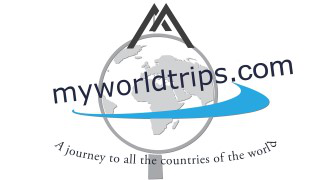
Brownsberg Nature Park The Brownsberg Nature Park is located in the southeast of Suriname directly on the northwest shore of Lake Blommestein and is very popular for excursions with both holidaymakers and locals. The park is best known for its large number of butterflies and the ubiquitous howler monkeys. The two highest peaks in the nature park, Brownsberg and Mazaroniberg, tower just over 500 meters above the lush green vegetation, which in Brownsberg Nature Park consists mainly of tropical rainforests. Palm trees and the slow-growing balata trees with their spreading crowns are found at lower elevations, while ingipipa trees and cedars thrive at higher elevations. Ferns, mosses and colorful orchids grow between the undergrowth, which can also be admired in a specially landscaped garden in the STINASU (Foundation for Nature Conservation Suriname) camp on the high plateau. Brownsberg Nature Park is best known for its spectacular wildlife. You can’t miss the ubiquitous howler monkeys in the treetops. They share the rainforest canopy in Brownsberg Nature Park with seven other primate species. Other animal inhabitants include agoutis, toads, a variety of winged creatures including the gray trumpet bird and butterflies. At night, thousands of insects in their sometimes spectacular shapes and sizes are attracted to the lights of the camp.
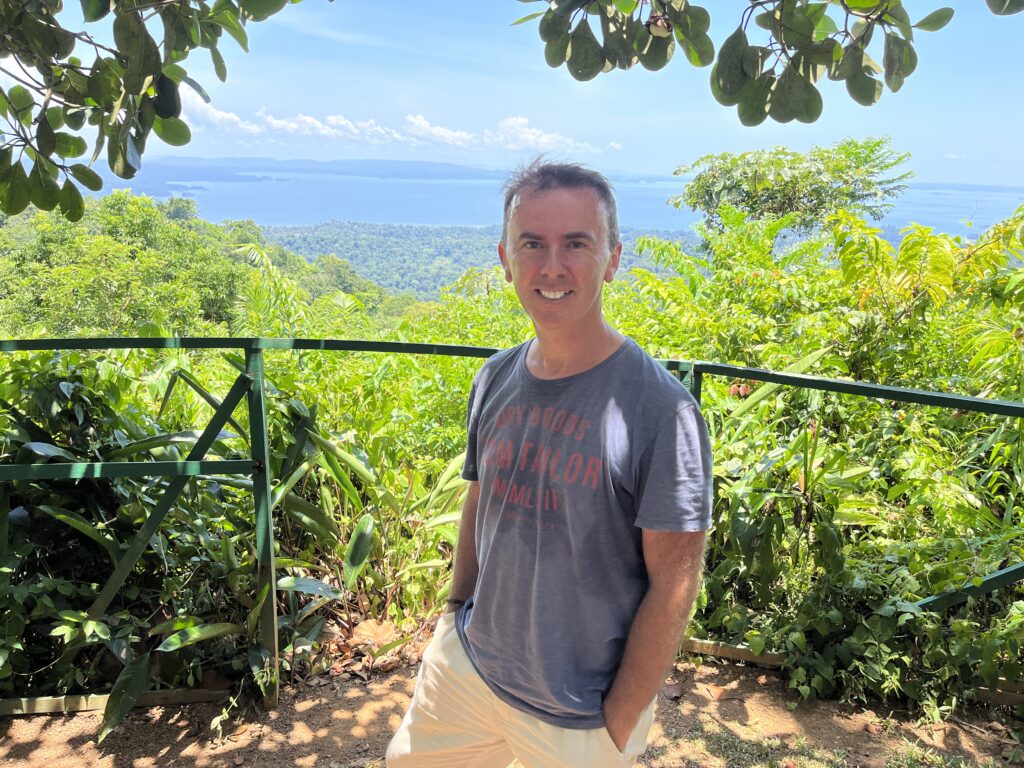
New Amsterdam In the far north, where the Suriname and Commewijne rivers meet, lies the village of Nieuw Amsterdam. There are various regional facilities and you can visit sights such as a powder store disguised as a church. Surrounded by a moat full of beautiful water plants. Another highlight is the star-shaped fort and associated Fort Nieuw-Amsterdam Open Air Museum. Independence Square Paramaribo Independence Square is another attraction in Suriname’s capital with historical significance. It is an area in the city that marks the freedom of Suriname since it became independent from the Netherlands in 1975. Not only the square itself, but also the buildings surrounding the square are worth seeing. Here you will find the stately presidential palace, open-air markets, the spectacular waterfront and beautiful palm gardens.
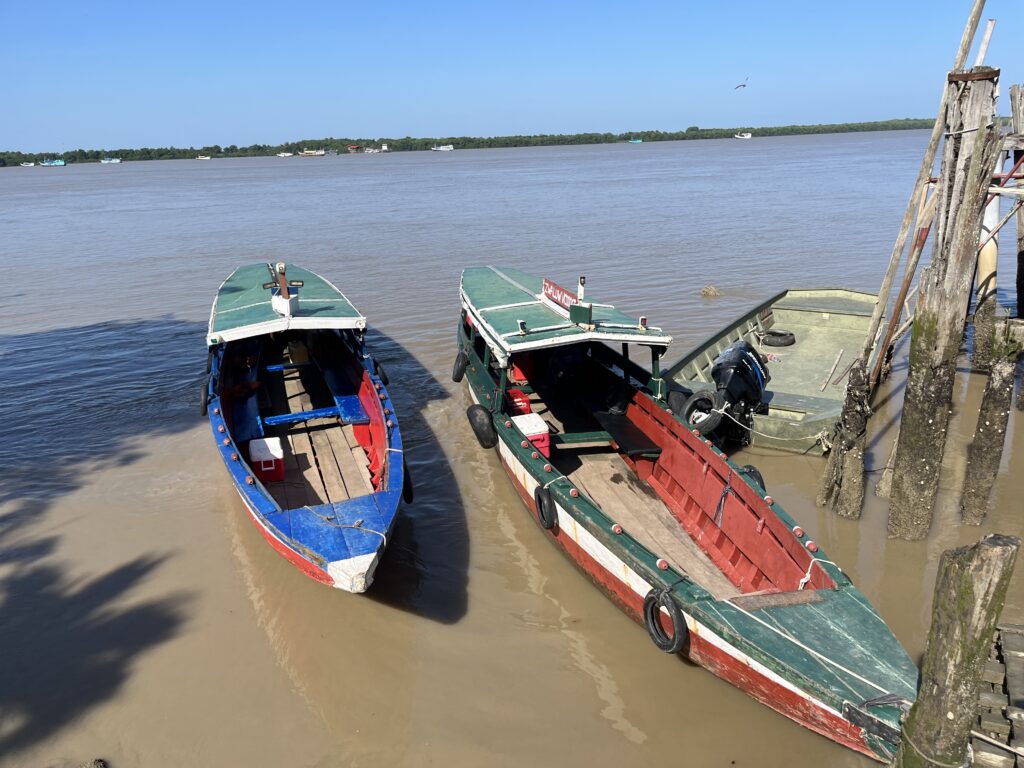
Independence Square is also beautiful in the evening when it is brightened up with small golden lights. The capital Paramaribo and its immediate surroundings, where more than half of the country’s population lives, is the busiest part of Suriname. It has a beautiful historic center and several cafes and restaurants to suit the needs of every traveler. It is included on the UNESCO World Heritage List. Most tourists arrive at Paramaribo airport and start their dream trip through the rest of Suriname.
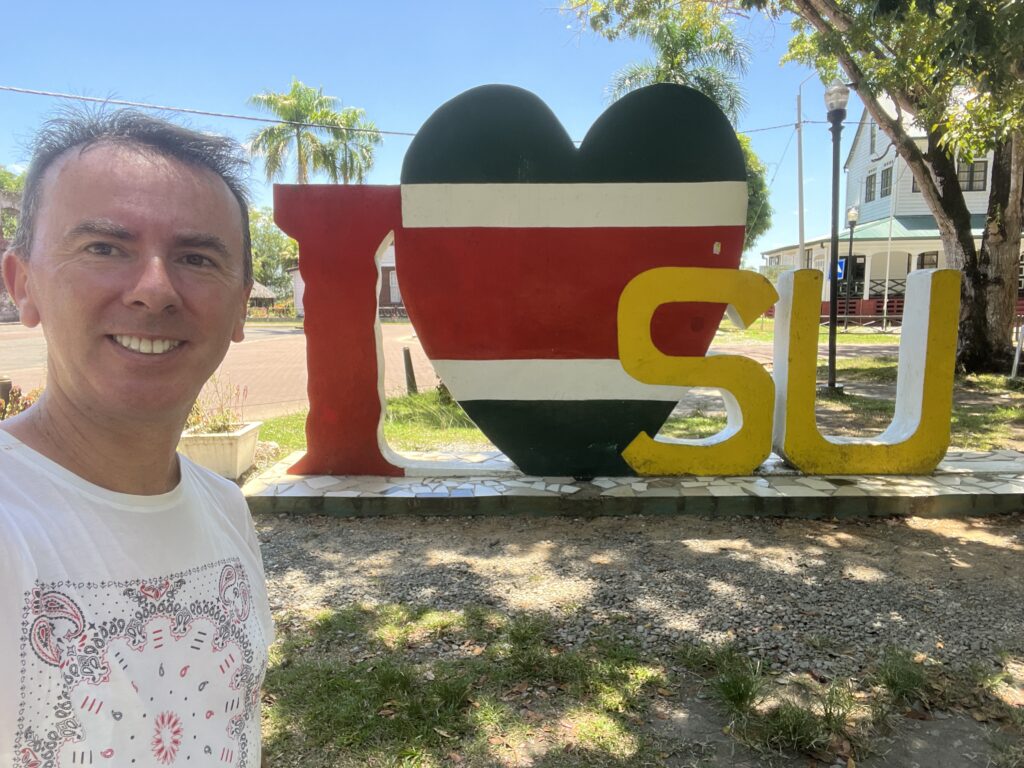
Cathedral of Saint Peter and Saint Paul A visit to the Roman Catholic cathedral, also known as Saint Peter and Saint Paul, should not be missed when you are in Suriname. Built in 1885, it is the largest wooden structure in the Western Hemisphere and a unique architectural landmark. It is painted in yellow and gray colors in a peculiar way and many tourists visit it every year to take pictures of this architectural structure.
Braamspunt is a nature reserve and fishing village in the Commewijne district, which is located at the mouth of the Suriname and Commewijne rivers. The area is known as the birthplace of leatherback and green turtles. In addition to the diversity of birds, Braamspunt is best known as a hotspot for river dolphins. Small, gray river dolphins are common off the Braamspunt headland. Braamspunt is located near Paramaribo and is an excellent day excursion from the capital.

Fort Zeelandia Would you like to learn more about the history of Suriname? Visit Fort Zeelandia, a historical attraction in Suriname that is located in Paramaribo. The fort was founded by French in the 17th century, later expanded by the British and completed during the Dutch regime. Delve into history as you walk through the old corridors of Fort Zeelandia. From this old fort you also have a beautiful view over the beautiful Suriname river.

Brokopondo lake A dam was constructed in the Brokopondo region around 1964 to generate electricity. However, this caused a large part of the area to be flooded, creating a huge lake. Some trees still rise above the water. The dead trees in the lake are a special sight. Another highlight is the area is the Brownsberg. You will find the lake in the central north of Suriname.
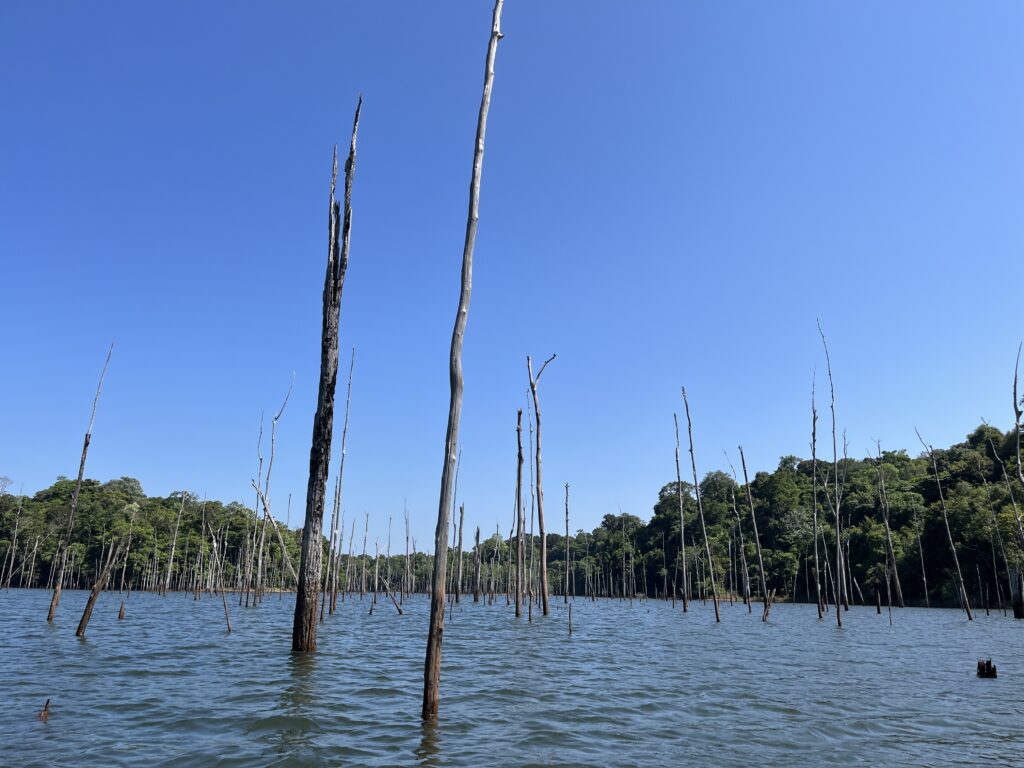
The eastern region of Suriname is characterized by some of the largest, old colonial plantations. Some are still in use, while others are abandoned and completely damaged.
Well-known examples are Marienburg, Peperpot and Alkmaar. The Wia Wia Nature Preserve is home to some of the most protected sea turtle nesting beaches in the Western Atlantic Ocean. Albina, a city on the border with French Guiana, used to be a tourist resort. But it has fallen into disrepair and nowadays you only see a few adventurous tourists there.
Be sure to take a river trip to see dolphins and visit plantations such as Frderiks Plantation and REST AND WORK The interior of Suriname is part of the enormous Amazon region and is almost completely covered with tropical rainforest. The Sipaliwini savannah is located in the southwest. There are mountain ranges in the center and south, but the highest peak, the Julianatop, is only 1280 meters high. This region is home to the majority of Amerindians and Maroons, many of whom still live in primitive conditions. The Brokopondo Reservoir is one of the world’s largest reservoirs.
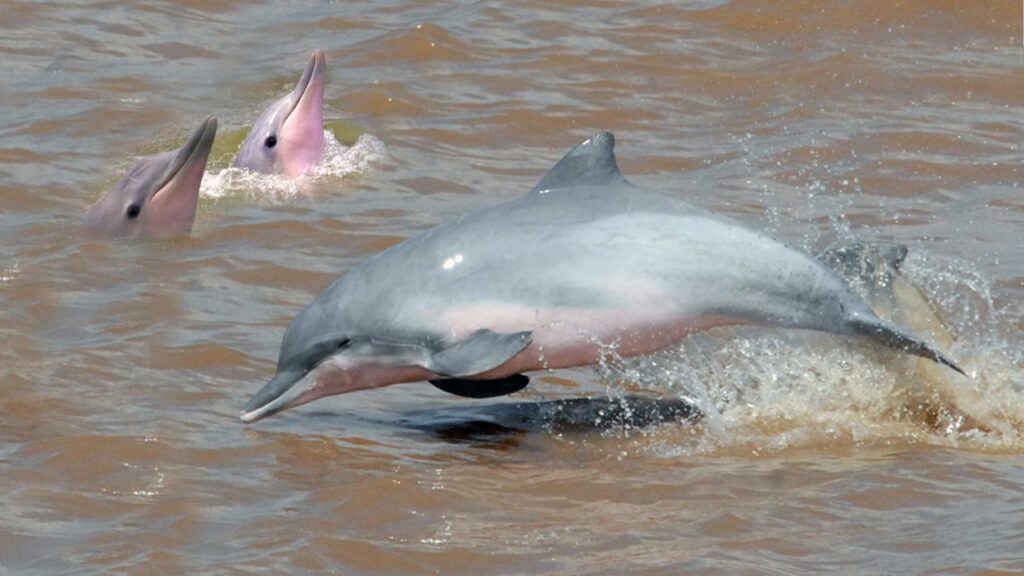
A SUPER BEAUTIFUL OUTING IS FREDBERG

Fredberg excursion 3 days
